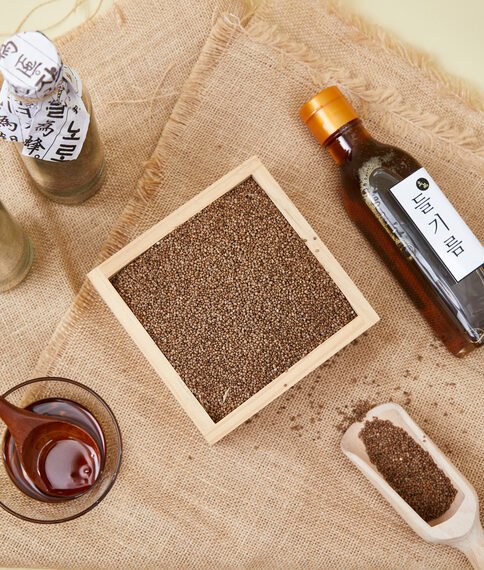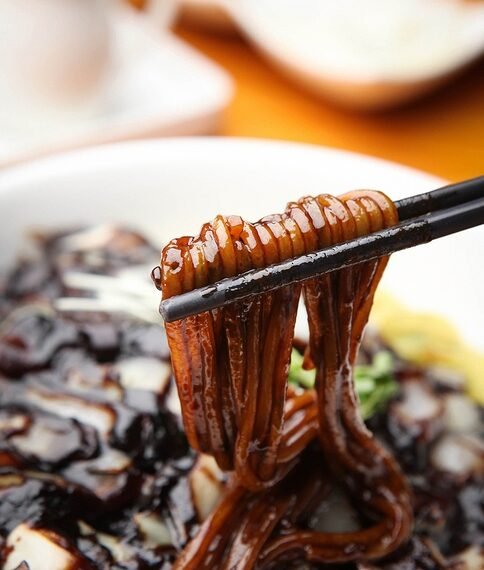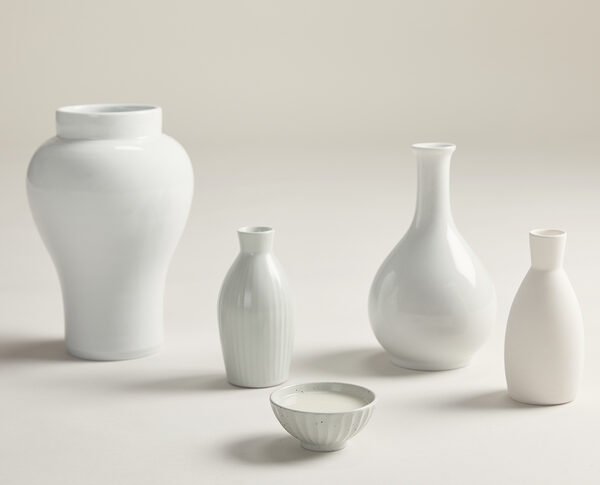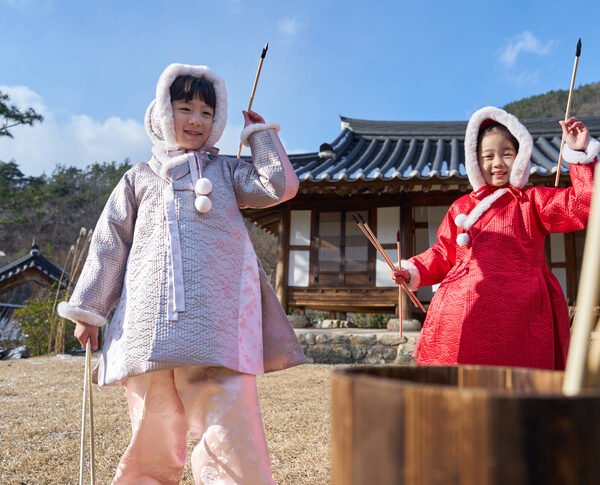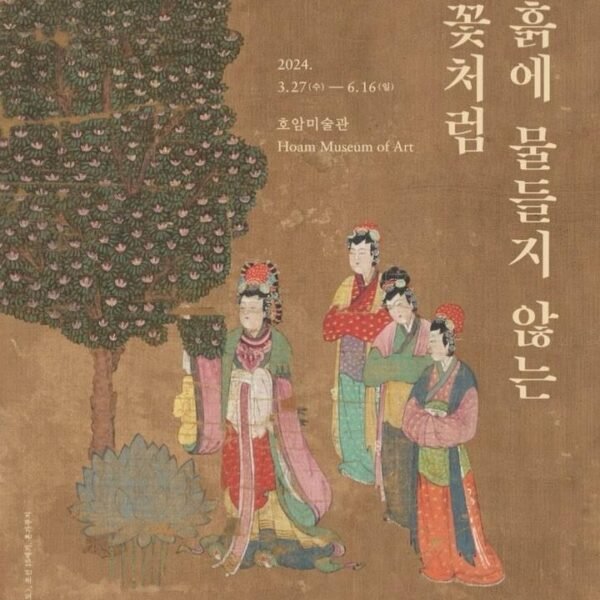Korea’s gastronomic landscape is a tantalizing tapestry of flavors, and within its rich culinary heritage, gukbap takes center stage. Gukbap, a delightful fusion of “guk” (soup) and “bap” (rice), encapsulates the essence of comfort food in Korea. As we delve into the heart of Korean gukbap culture, let’s savor the distinctive nuances of seven representative rice soups that grace tables across the nation.
Table of Contents
ToggleUnderstanding Korea’s Gukbap Culture
Gukbap represents more than just a meal; it is a cultural experience that transcends generations. Rooted in Korean traditions, these savory rice soups are often enjoyed as a remedy for hangovers, a source of comfort during cold weather, or a celebration of special occasions. Let’s explore seven quintessential gukbaps that define Korea’s culinary landscape.
1. Seolleongtang: The Milky Elixir of Comfort
Seolleongtang, a milky-white soup, is a classic Korean dish prepared by simmering ox bones for an extended period. The result is a rich and hearty broth that forms the base of this comforting soup. Thin slices of beef, noodles, and an array of seasonings are added to create a bowl that not only warms the body but also captivates the taste buds with its delicate flavors.
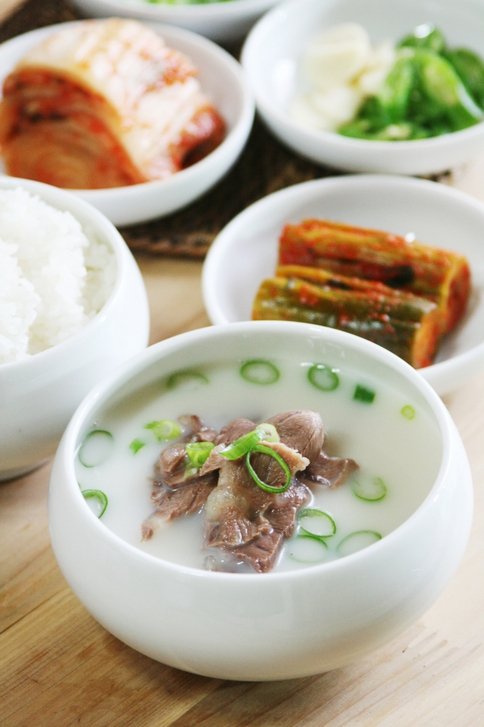
2. Samgyetang: A Revitalizing Ginseng Chicken Soup
Samgyetang, often enjoyed during the hot summer months, is a revitalizing soup made by stuffing a whole young chicken with glutinous rice, ginseng, jujubes, and garlic. Simmered to perfection, this nourishing dish is believed to enhance energy levels and boost the immune system. Samgyetang epitomizes the holistic approach to Korean culinary traditions.
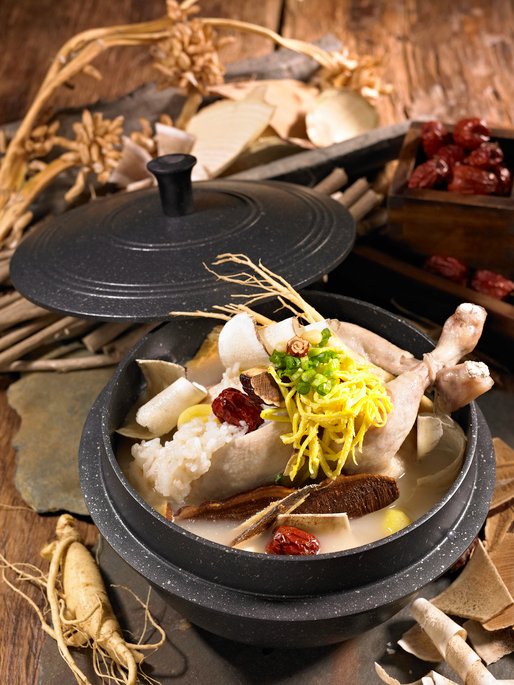
3. Dwaejigukbap: Hearty Pork Rice Soup
Dwaejigukbap, a hearty pork rice soup, showcases the simplicity and heartiness of Korean comfort food. Succulent pork slices are combined with a savory broth and rice, seasoned with garlic, green onions, and soy sauce. This dish exemplifies the satisfying and straightforward nature of gukbap.
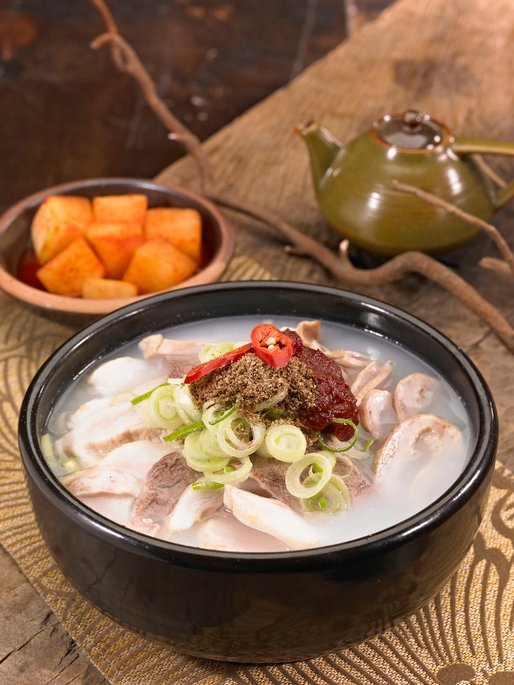
4. Haejangguk: The Ultimate Hangover Cure
Haejangguk, literally translating to “soup to chase a hangover,” is a robust soup designed to soothe the aftermath of a night of indulgence. Packed with flavorful ingredients like coagulated ox blood, vegetables, and fermented soybean paste, haejangguk is a go-to choice for those seeking culinary solace after a night of festivities.
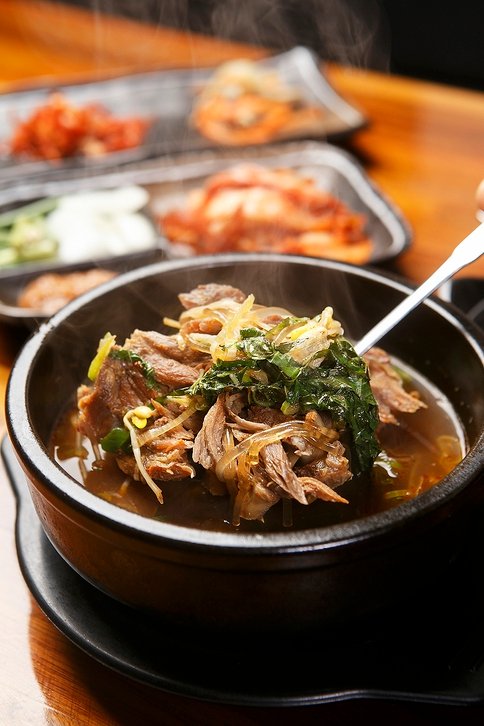
5. Sundae Gukbap: The Symphony of Blood Sausage and Rice
Sundae gukbap combines the rich flavors of sundae, a type of blood sausage, with the comforting essence of rice soup. The sausage is often filled with a mixture of noodles, barley, and pork blood, adding a unique texture and depth to the soup. Sundae gukbap is a favorite street food, providing a warm and satisfying snack for locals and tourists alike.

6. Kongnamul Gukbap: The Vegetarian Harmony
For those seeking a vegetarian option, kongnamul gukbap is the perfect choice. This rice soup features soybean sprouts, mushrooms, and other vegetables in a light yet flavorful broth. The dish highlights the versatility of gukbap, catering to diverse dietary preferences.
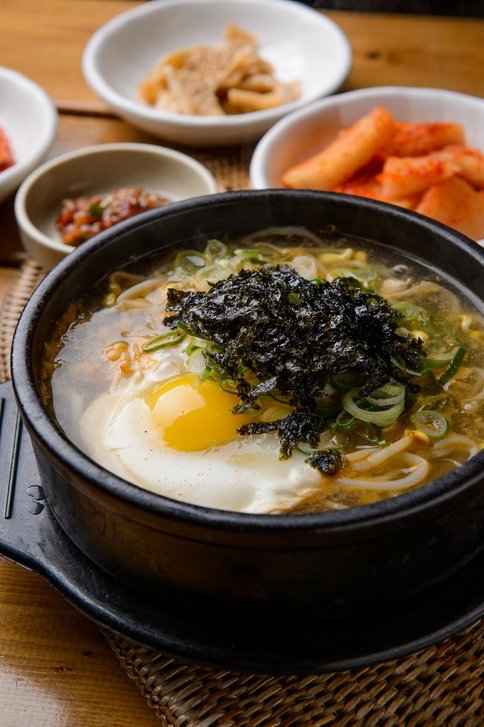
7. Someori Gukbap: The Delight of Cow’s Head Soup
Someori gukbap, made with cow’s head meat, is a distinctive and hearty dish that reflects the resourcefulness of Korean cuisine. The rich broth, tender meat, and the inclusion of various vegetables create a harmonious blend of flavors, offering a unique and memorable culinary experience.
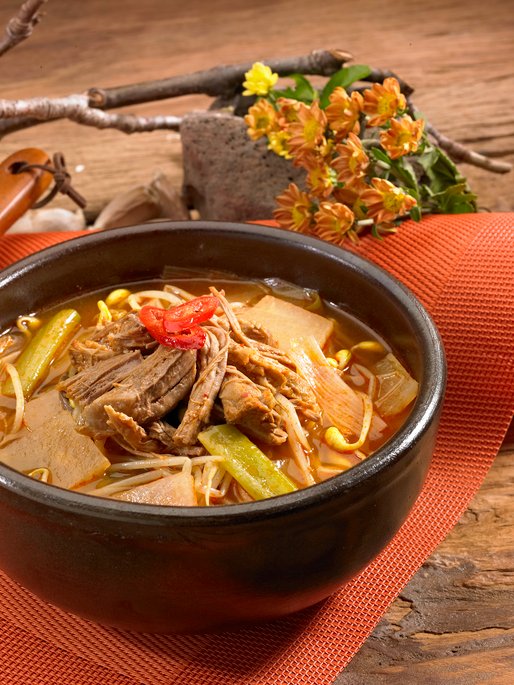
8. Galbitang: The Delight of Beef Short Ribs Soup
Galbitang is a Korean soup made with beef short ribs. The dish typically includes short ribs, Korean radish (mu), garlic, ginger, and green onions, and it is seasoned with soy sauce and sometimes additional ingredients like sesame oil or wine. The soup is simmered until the meat becomes tender, creating a flavorful and hearty broth. Galbitang is often enjoyed with a bowl of rice and side dishes, and it is known for its rich and comforting taste.
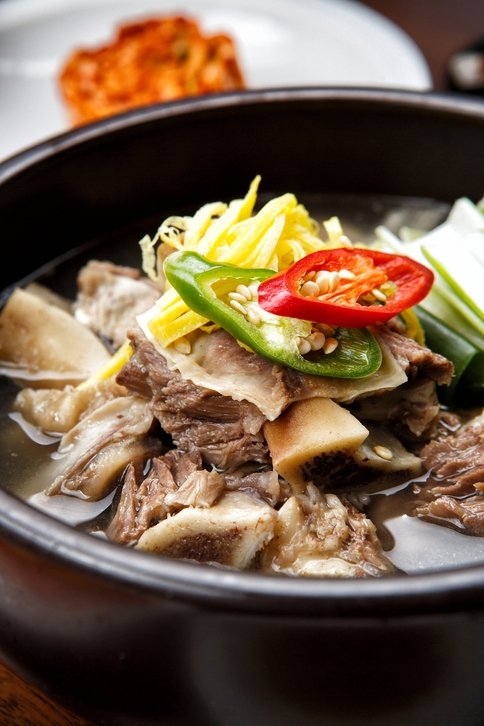
Conclusion
Korea’s gukbap culture is a celebration of diverse flavors and culinary traditions, each bowl telling a story of heritage and nourishment. Whether it’s the milky elixir of seolleongtang or the revitalizing essence of samgyetang, gukbap remains a staple in Korean dining, inviting locals and visitors alike to savor the soul-warming embrace of these signature rice soups.
Related posts:
- Why Korean Fine Dining in New York Feels French: Exploring the Fusion of Culinary Traditions
- Korean Food: A Diverse and Unique Culinary Experience
- The JONGGA Kimchi Cook-off: A Global Culinary Competition
- Makgeolli: How Korean rice wine is stepping out of soju’s shadow
- Start the New Year Right! Tteokguk Recipe: Traditional Korean Rice Cake Soup
- Gungjung Tteokbokki (Royal Court Rice Cake): A Delicious Twist on a Classic Dish
- Exploring the Rich Flavors of Korean Cuisine


